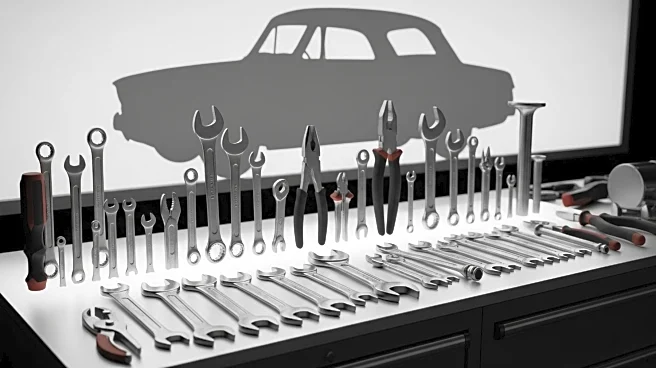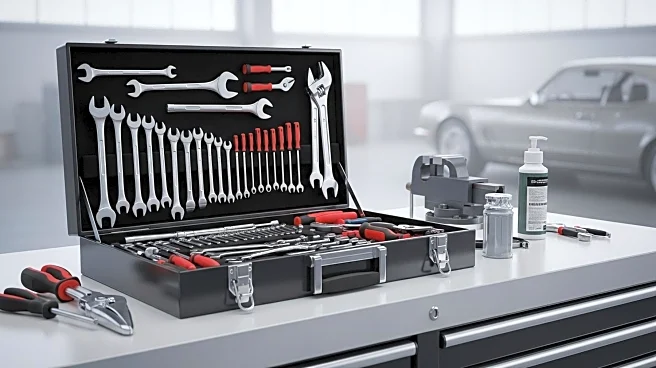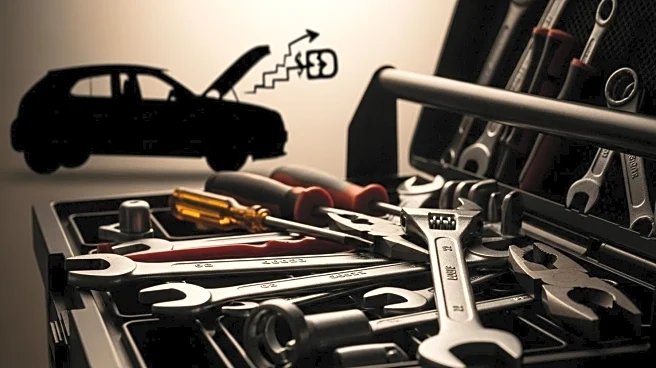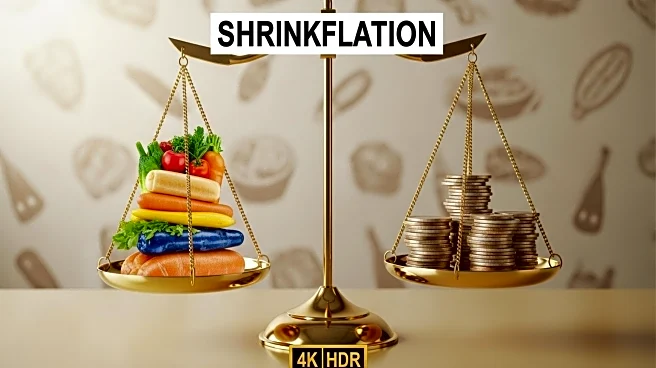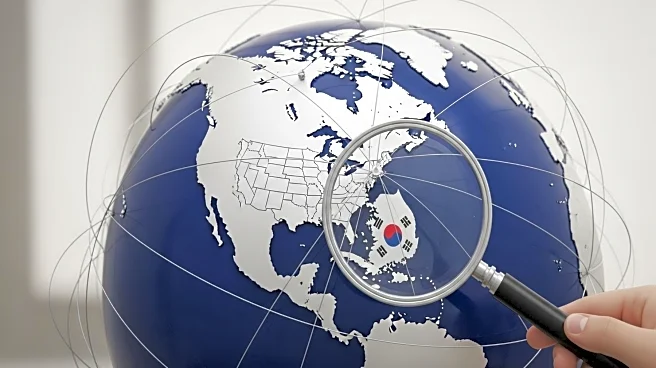What's Happening?
The cost of auto repairs in the United States has seen a significant increase, with a 5% rise from July to August, marking the largest one-month jump on record. This surge is attributed in part to tariffs imposed on imported auto parts, which are subject to a 25% tax. These tariffs, effective since May, have contributed to the rising costs, although other factors such as the aging vehicle fleet, a shortage of technicians, and the complexity of modern vehicles also play a role. Despite the billions in tariff costs, new car prices have remained relatively stable as manufacturers absorb much of the tariff impact to avoid consumer backlash and maintain affordability.
Why It's Important?
The increase in repair costs has significant implications for U.S. consumers, particularly those who are holding onto older vehicles due to the high prices of new cars and economic uncertainty. As repair costs rise, consumers face financial strain, especially with high interest rates on auto loans. The automotive industry is also affected, as manufacturers strive to keep new car prices stable while repair costs escalate. This situation highlights the broader economic impact of tariffs, affecting consumer spending and potentially slowing economic growth. The technician shortage further exacerbates the issue, driving up labor costs and contributing to the overall increase in repair expenses.
What's Next?
As repair costs continue to rise, consumers may increasingly opt to repair rather than replace their vehicles, further extending the average age of cars on the road. This trend could lead to increased demand for auto repair services and parts, potentially driving further price increases. The automotive industry may need to address the technician shortage to manage labor costs effectively. Additionally, policymakers might consider revisiting tariff policies to mitigate their impact on consumers and the industry. Stakeholders, including manufacturers and consumer advocacy groups, may push for regulatory changes to alleviate the financial burden on car owners.
Beyond the Headlines
The rising repair costs due to tariffs and other factors may lead to broader discussions on trade policies and their impact on domestic industries. The automotive sector's reliance on imported parts underscores the complexities of global supply chains and the challenges of maintaining affordability in a tariff-driven environment. This situation may prompt a reevaluation of trade strategies and encourage investment in domestic manufacturing capabilities to reduce dependency on imports.

